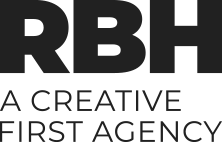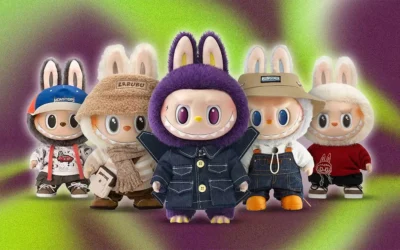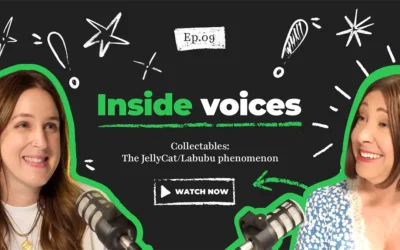Press releases, blogs and even articles are what we’ve all seen advanced AIs such as ChatGPT and Bard reproduce. So far, we’ve witnessed AIs produce art, music, and design in the same processes.
But that’s what AIs are capable of – reproduction. AI Art, for example, is heavily criticised. Though AIs tap into a massive dataset of information, the briefs they receive are always incredibly linear. You may be able to brief an AI to replicate a Picasso. However, you cannot tell it to create art of the same significance as Picasso.
The subtlety of the briefing process in art applies to the briefing processes of AIs across the board. Our communications in PR rely on thousands of small understandings between clients, agencies, businesses, and the public.
An AI can reproduce a basic press release if you were to show it another. But to teach an AI to tailor a release to a client’s brief? To balance that with the requirements of a publication? And to help it understand that publication’s own readership? Well, it’s a balancing act which shifts with every piece we create. To brief an AI of these subtleties every time a new article is required would demand loads of human input equivalent to an existing PR department.
This isn’t to say that AI won’t affect our day-to-day work in an agency setting. We know that AI provides us new ways to open doors on insights, stories and hooks from complex data sets and pools of public opinion. The ability to cut to the point based on intelligent prompts that only an insightful human would be capable of is not something to be sniffed at.
Google Bard can already query the Office of National Statistics, and so can Bing’s GPT integration. That’s without mentioning training data ourselves from research we do for clients, a methodology that, when AI catches up with modern research, we’ll be able to offer to clients. Captions, translations, and video/visual data are all being trained even as we type this. As these opportunities progress, we’ll be able to present new ways of working that further expand our capabilities.
The relationships that underpin every one of our communications are something that only humans can deliver. Until every journalist is an AI bot, then it would be hard to believe that a journalist would be happy communicating their needs with an AI instead of a human PR representative. This is, of course, without even mentioning any of the incidences in which a real, flesh and blood person is required for events and liaisons.
AI is a powerful tool which will have high activation in automated sectors. PR, however, is a profoundly human industry. AI is only believed to be so formidable because it does not have emotion, and emotion is precisely what makes our actions effective.





